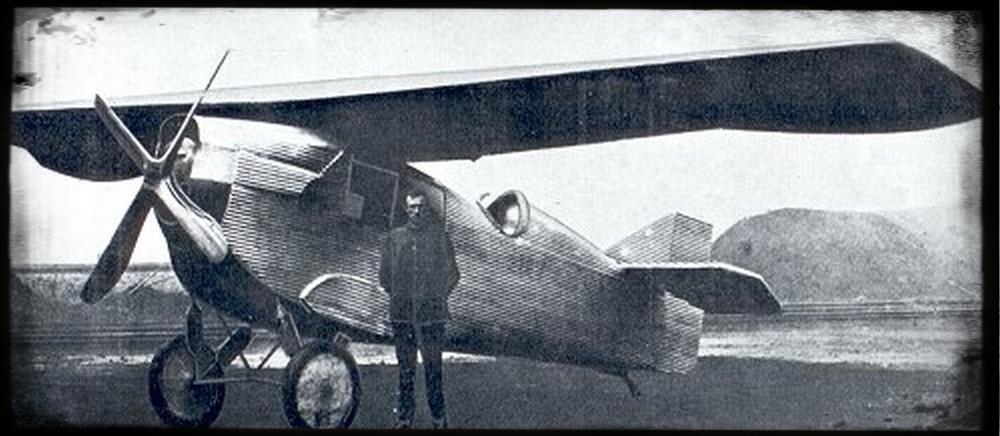Junkers J15
see also: Junkers J15 Production List
three seater highlever experimental monoplane, F/F 4 Sep 1920, 1 built
developed by Junkers Flugzeugwerke in Dessau, designed by Otto Reuter

Historical Background:
A lot of design studies by Dr. Mader were developed, when the F13 design work was finished. In August 1919 a single-seated sport aircraft was purposed, as well as three-seated passenger aircraft. Both designs showed the highlever monoplane design, which was first used for the Junkers Parasol during WW I. While the sport aircraft design got low priority, the three-seated cabin aircraft was further investigated. At first Junkers and Mader decided to design this small passenger aircraft as a cantilever version, but Philipp von Doepp proved the better aerodynamics of a highlever monoplane in windchannel tests, so the design was changed.
To get more experience with the highlever monoplane design, an experimental aircraft was built under the designator J15. On September, 4th 1920 the prototype (c/n 525) was ready for its first flight. Due to Allied investigations at Junkers Flugzeugwerke, the aircraft was moved to the Netherlands and it seems, as if the first flight was not performed before January, 25th 1921 by Zimmermann. The J15 proved von Doepp's idea of a highlever monoplane design, but the pilot's seat behind the wing did not offer enough forward view. Therefore the J15 design was abandoned and a new Approach was done under the Designator Junkers K16.
Aircraft J 15 1920 Mercedes IIIa (118kW) 8,00 11,00 17,00 430 282 1 pilot + 145 700
year engine length
in mspan
in mwing area
im sqmnet weight
in kgpayload
in kgseats speed
in km/hrange
in km
2 pass.
- Airwar.ru - Brief Story, Photos
- histaviation.com - Brief Story, Photos, Data
- Junkers.de - Story, Data
Literature:
- None
introduced Jul 1996, transfered Jun 2017
contents last updated 6 Jan 2003

